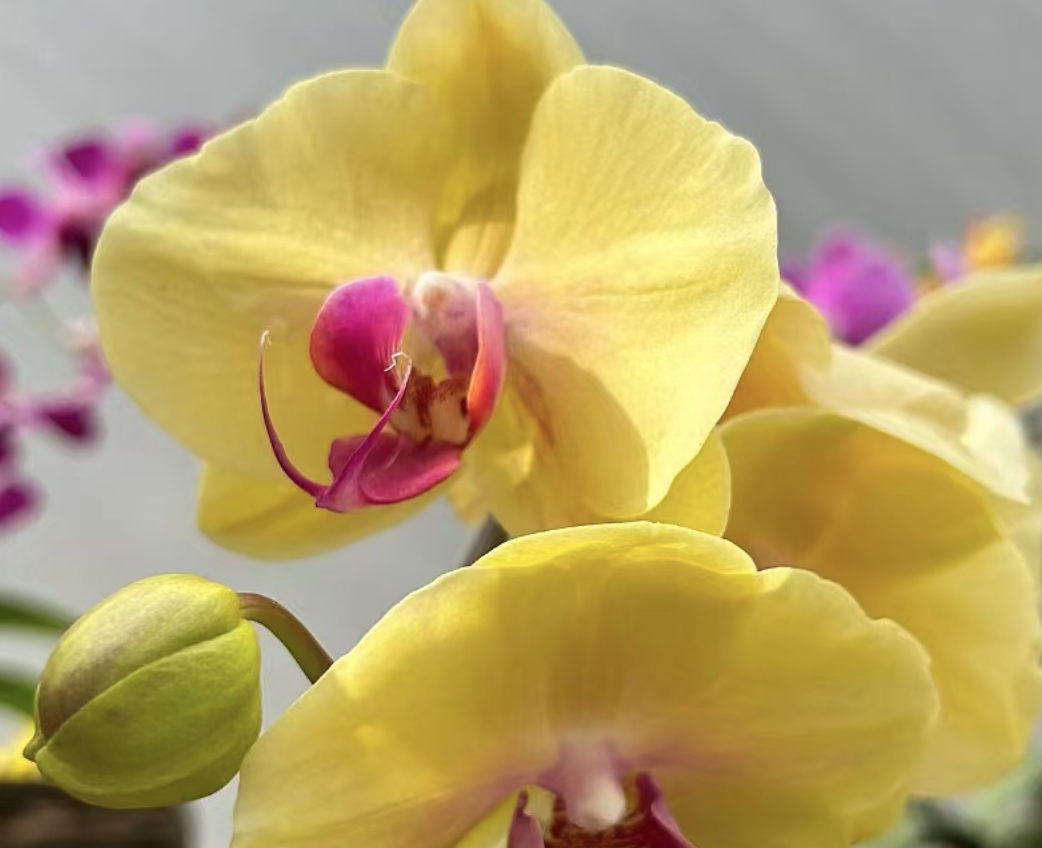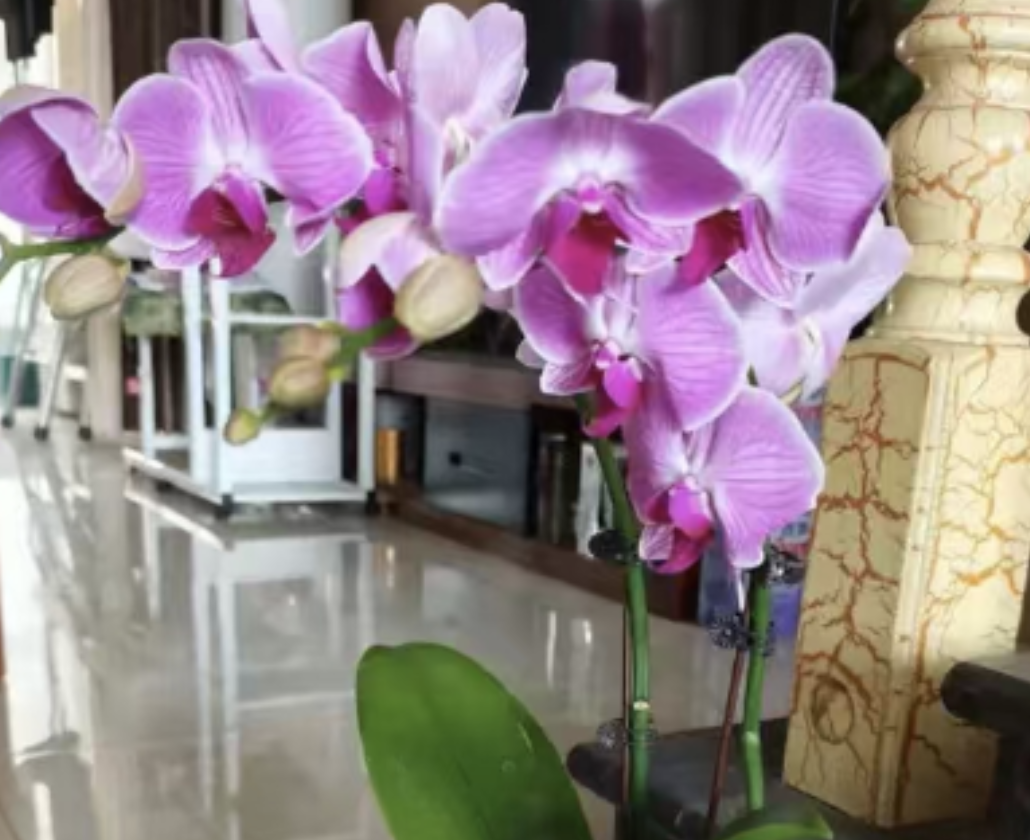As we all know, Phalaenopsis is an elegant and charming orchid variety. However, in the process of caring for Phalaenopsis, we may encounter some thorny problems, such as black, contracted or rotted roots. These problems not only affect the ornamental value of the plant but also may threaten the life of the plant. In the following, we will discuss the causes and countermeasures of root problems of Phalaenopsis to ensure the healthy growth of Phalaenopsis.
During the cultivation process, if the problem of black roots appears, in most cases, it is due to excessive watering that leads to poor drainage of the soil. Secondly, it may also be caused by root diseases. To solve these two problems, first of all, control watering to keep the soil slightly moist without water accumulation. Secondly, regularly replace or clean the drainage holes at the bottom of the flowerpot. If root diseases occur, the diseased and weak parts should be cut off in time and treated with appropriate fungicides. At the same time, avoid placing the plant in a low-humidity and low-warmth environment to reduce the risk of root diseases.
In addition to the problem of black roots, the problem of root contraction of Phalaenopsis is also of concern to many flower lovers. Generally speaking, root contraction is usually caused by long-term lack of water, and in some cases, it is also caused by inappropriate potting soil texture. If it is in a dry state, its roots will appear tight. At this time, it is necessary to immediately adjust the watering frequency and amount, increase the slightly moist environment around it, and let it grow normally slowly. If it is due to soil problems, new soil with good air permeability needs to be replaced.
Regarding the thorny problem of moldy roots of Phalaenopsis, this situation often occurs because flower lovers are overly concerned about it. Watering once in the morning and evening will keep the plant in an overly moist state all the time, which will evolve into moldy roots. When this situation occurs, the infected Phalaenopsis should be pruned of diseased roots immediately. At the same time, it should also be isolated from other plants to prevent the spread of diseases. The specific operation steps are to first cut off the moldy roots with sterilized scissors, then replace with a new dry medium. After replacement, the indoor humidity is best kept constant at about 20 degrees. At this time, it should also be placed in a ventilated position, reduce watering, and avoid water accumulation at the roots. Finally, patiently wait for the plant to recover. During this period, don't be in a hurry to water or fertilize again.
How to treat the problem of contracted roots of Phalaenopsis?

Share with
Tagged in :




Leave a Reply